When it comes to designing a functional and efficient kitchen, one of the most important elements to consider is the size of your kitchen sink. The standard size for a kitchen sink can vary, but there are some general guidelines to follow when determining the dimensions for your own sink. First and foremost, the standard width for a kitchen sink is typically between 22 to 33 inches. This range allows for enough space to comfortably wash dishes and prep food, while also fitting into most kitchen layouts and cabinet sizes. The depth of a standard kitchen sink can range from 8 to 10 inches. This depth provides enough space to wash larger pots and pans, while also preventing splashes and spills from reaching your countertops. For the length of a standard kitchen sink, the most common size is 30 inches. This length allows for enough space to fit larger dishes and cookware, without taking up too much counter space.Standard Kitchen Sink Dimensions
If you have a smaller kitchen or are working with limited space, you may be wondering what the minimum sink size is for your kitchen. The minimum size for a kitchen sink can vary depending on different factors, such as the size of your household and your personal needs. For a single or two-person household, a minimum sink size of 24 inches is typically sufficient. This allows for enough space to wash dishes and prep food without taking up too much counter space. For larger households or those who cook and entertain frequently, a minimum sink size of 30 inches may be more suitable. This size provides more room to wash larger dishes and accommodate multiple people working in the kitchen at the same time.Minimum Sink Size for Kitchen
For those with a smaller kitchen or limited counter space, a small kitchen sink may be the best option. The dimensions for a small kitchen sink can vary, but there are some standard sizes to consider when making your selection. The width of a small kitchen sink is typically less than 22 inches. This narrow size allows for enough space to wash dishes and prep food, while also leaving room for other appliances and storage on your countertops. For the depth of a small kitchen sink, the most common size is less than 8 inches. While this may seem shallow, it can still provide enough space to wash dishes and prevent splashes onto your countertops. The length of a small kitchen sink is often less than 30 inches. This compact size is perfect for smaller kitchens and can still provide enough space to wash dishes and prep food without taking up too much counter space.Small Kitchen Sink Dimensions
When installing a kitchen sink, it's important to also consider the size of the cabinet it will be placed in. The minimum cabinet size for a kitchen sink can vary depending on the type of sink and its dimensions. For a standard drop-in or undermount sink, the minimum cabinet size is typically 3 inches wider than the sink itself. For example, if you have a 30-inch sink, you will need at least a 33-inch cabinet to accommodate it. For a farmhouse or apron sink, the minimum cabinet size is usually 2 inches wider than the sink. This allows for the sink to be installed flush with the front of the cabinet, creating a seamless look.Minimum Cabinet Size for Kitchen Sink
The depth of a kitchen sink is an important factor to consider when determining the minimum size for your sink. The minimum depth for a kitchen sink can vary depending on your personal needs and the type of sink you choose. For a standard drop-in or undermount sink, the minimum depth is usually 8 inches. This depth provides enough space to wash dishes and prevent splashes, while also fitting into most kitchen layouts and cabinet sizes. For a farmhouse or apron sink, the minimum depth is typically 10 inches. This deeper sink allows for more space to wash larger dishes and cookware, while also providing a more dramatic look in your kitchen.Minimum Depth for Kitchen Sink
The width of a kitchen sink is another important dimension to consider when designing your kitchen. The minimum width for a kitchen sink can vary depending on the type of sink and your personal needs. For a standard drop-in or undermount sink, the minimum width is usually 22 inches. This allows for enough space to wash dishes and prep food, while also fitting into most kitchen layouts and cabinet sizes. For a farmhouse or apron sink, the minimum width is often 30 inches. This wider sink provides more space to wash larger dishes and cookware, while also making a statement in your kitchen.Minimum Width for Kitchen Sink
The height of a kitchen sink is an important factor to consider, especially for those with back problems or disabilities. The minimum height for a kitchen sink can vary depending on the type of sink and your personal needs. For a standard drop-in or undermount sink, the minimum height is typically 34 inches. This height allows for comfortable use while standing, and can be adjusted slightly depending on your own height. For a farmhouse or apron sink, the minimum height is usually 36 inches. This taller height is often preferred for these types of sinks, as it allows for more space to wash dishes and cookware, and can also add a rustic touch to your kitchen.Minimum Height for Kitchen Sink
When designing your kitchen layout, it's important to consider the distance between your sink and stove. The minimum distance between a kitchen sink and stove can vary, but there are some general guidelines to follow. The minimum distance between a sink and stove is typically at least 12 inches. This allows for enough space to safely use both appliances without any risk of splashing or spilling onto the stove. For those with a larger kitchen, a distance of 24 inches may be preferred. This provides more space to work and can also prevent any potential hazards from occurring.Minimum Distance Between Kitchen Sink and Stove
In addition to the minimum distance between a sink and stove, it's also important to have enough clearance around your kitchen sink. The minimum clearance for a kitchen sink can vary depending on your personal needs and the size of your kitchen. For a standard drop-in or undermount sink, the minimum clearance is typically 2 inches on all sides. This allows for enough space to comfortably use the sink without any obstructions. For a farmhouse or apron sink, the minimum clearance is usually 3 inches on all sides. This allows for the sink to be installed flush with the front of the cabinet, and also provides more space to work.Minimum Clearance for Kitchen Sink
When designing your kitchen, it's important to consider the overall space needed for your sink. The minimum space required for a kitchen sink can vary depending on the type of sink and its dimensions. For a standard drop-in or undermount sink, the minimum space required is typically 36 inches in width. This allows for enough space to comfortably use the sink and also fit into most kitchen layouts and cabinet sizes. For a farmhouse or apron sink, the minimum space required is usually 42 inches in width. This wider space allows for the sink to be installed flush with the front of the cabinet, and also provides more room to work.Minimum Space Required for Kitchen Sink
Why Minimum Kitchen Sink Dimensions are Important for Your House Design
The Importance of Kitchen Sinks in House Design
 When designing a house, the kitchen is often considered the heart of the home. It is where meals are prepared and memories are made. As such, it is important to carefully consider every aspect of the kitchen, including
minimum kitchen sink dimensions
. The sink is a vital component of any kitchen, and choosing the right size and style is crucial for both functionality and aesthetics.
When designing a house, the kitchen is often considered the heart of the home. It is where meals are prepared and memories are made. As such, it is important to carefully consider every aspect of the kitchen, including
minimum kitchen sink dimensions
. The sink is a vital component of any kitchen, and choosing the right size and style is crucial for both functionality and aesthetics.
The Impact of Minimum Kitchen Sink Dimensions on Functionality
 The size of a kitchen sink may seem like a minor detail, but it can have a significant impact on the functionality of your kitchen.
Minimum sink dimensions
ensure that there is enough space to comfortably wash dishes, prepare food, and even soak larger pots and pans. A sink that is too small can cause frustration and hinder daily tasks, while a sink that is too large can take up valuable counter space and make it difficult to reach items in the surrounding area.
The size of a kitchen sink may seem like a minor detail, but it can have a significant impact on the functionality of your kitchen.
Minimum sink dimensions
ensure that there is enough space to comfortably wash dishes, prepare food, and even soak larger pots and pans. A sink that is too small can cause frustration and hinder daily tasks, while a sink that is too large can take up valuable counter space and make it difficult to reach items in the surrounding area.
The Role of Minimum Kitchen Sink Dimensions in Aesthetics
 In addition to functionality,
minimum kitchen sink dimensions
also play a crucial role in the overall aesthetics of your kitchen. A sink that is too small for the space may look out of place and disrupt the flow of the room. On the other hand, a sink that is too large can overpower the design and make the kitchen feel cramped. By choosing the right size sink, you can create a seamless and visually appealing kitchen design.
In addition to functionality,
minimum kitchen sink dimensions
also play a crucial role in the overall aesthetics of your kitchen. A sink that is too small for the space may look out of place and disrupt the flow of the room. On the other hand, a sink that is too large can overpower the design and make the kitchen feel cramped. By choosing the right size sink, you can create a seamless and visually appealing kitchen design.
Choosing the Right Minimum Kitchen Sink Dimensions for Your Space
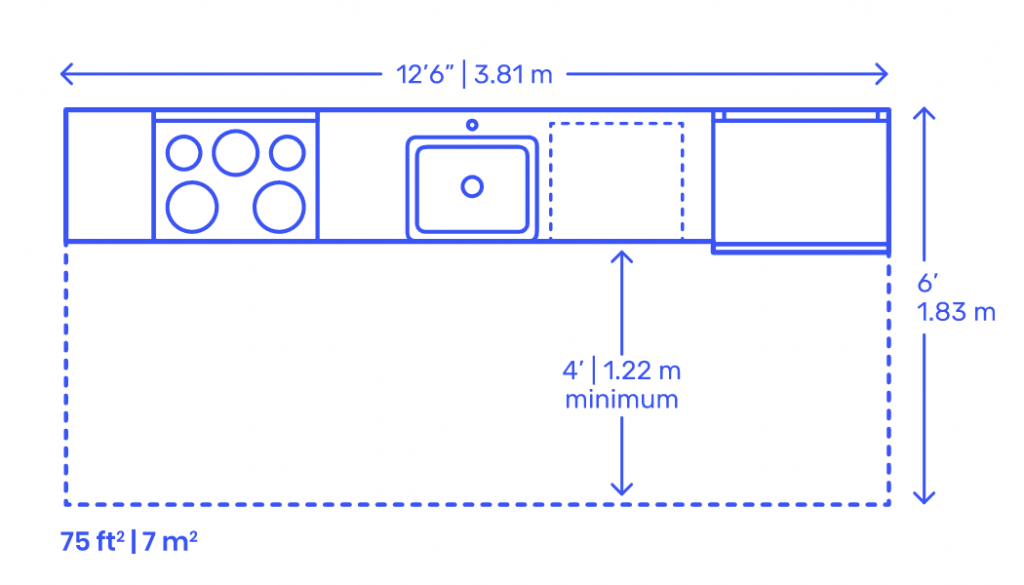 When deciding on the minimum dimensions for your kitchen sink, there are a few factors to consider. First, think about the size of your kitchen and the amount of counter space you have available. You want to choose a sink that fits comfortably without taking up too much room. Next, consider your household's specific needs. If you typically use larger pots and pans, you may want to opt for a deeper sink. Finally, think about the style and design of your kitchen. A farmhouse sink may require different dimensions than a modern stainless steel sink.
In conclusion,
minimum kitchen sink dimensions
are an important aspect of house design. They not only impact the functionality of your kitchen but also play a significant role in the overall aesthetics of the space. By carefully considering the size and style of your sink, you can ensure that your kitchen is both functional and visually appealing. So, the next time you are designing a kitchen, don't overlook the importance of choosing the right minimum sink dimensions.
When deciding on the minimum dimensions for your kitchen sink, there are a few factors to consider. First, think about the size of your kitchen and the amount of counter space you have available. You want to choose a sink that fits comfortably without taking up too much room. Next, consider your household's specific needs. If you typically use larger pots and pans, you may want to opt for a deeper sink. Finally, think about the style and design of your kitchen. A farmhouse sink may require different dimensions than a modern stainless steel sink.
In conclusion,
minimum kitchen sink dimensions
are an important aspect of house design. They not only impact the functionality of your kitchen but also play a significant role in the overall aesthetics of the space. By carefully considering the size and style of your sink, you can ensure that your kitchen is both functional and visually appealing. So, the next time you are designing a kitchen, don't overlook the importance of choosing the right minimum sink dimensions.

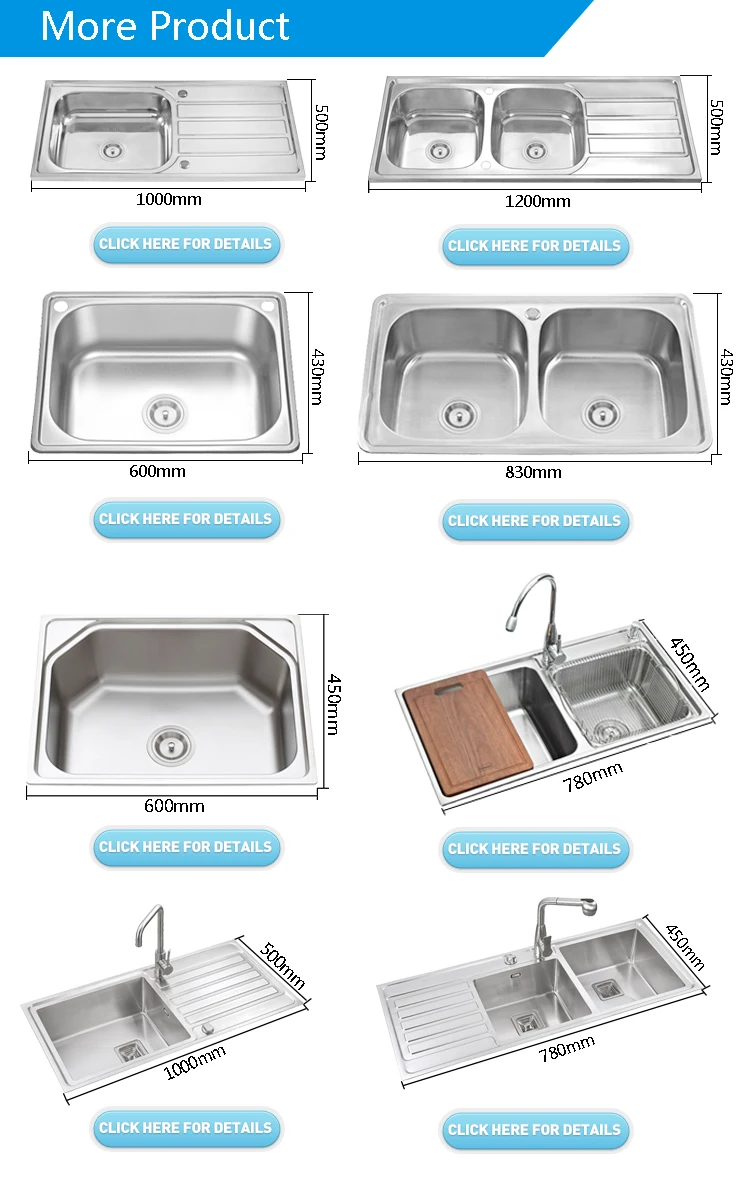





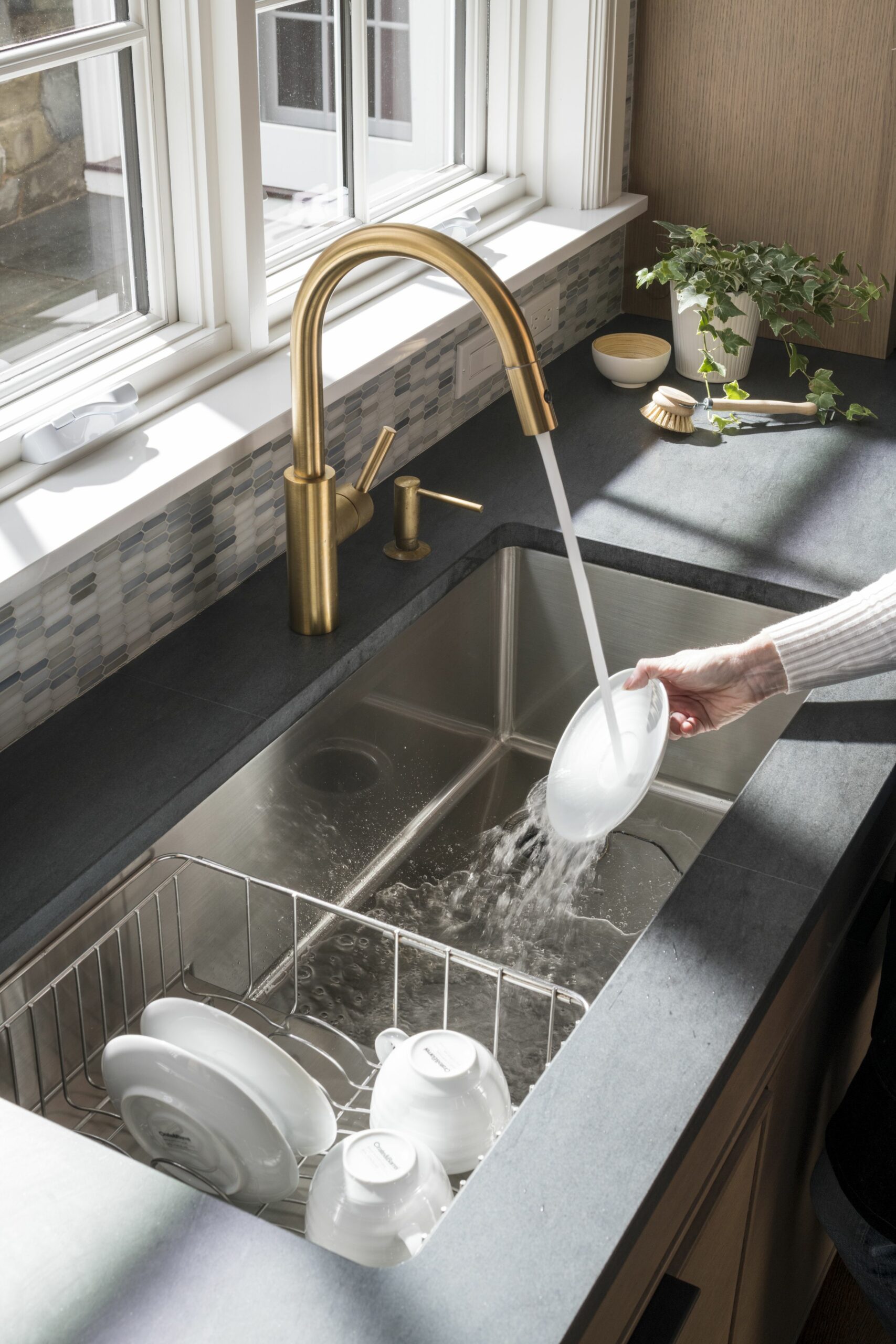





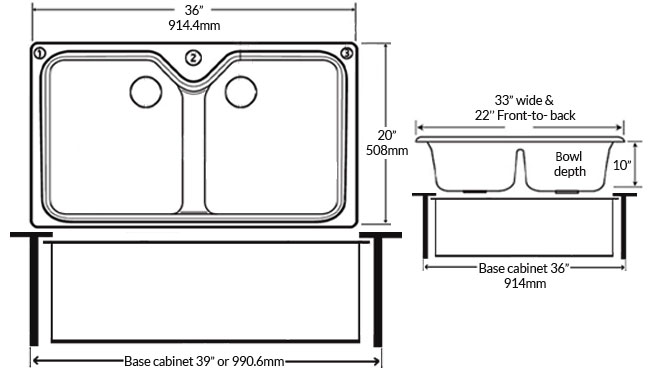
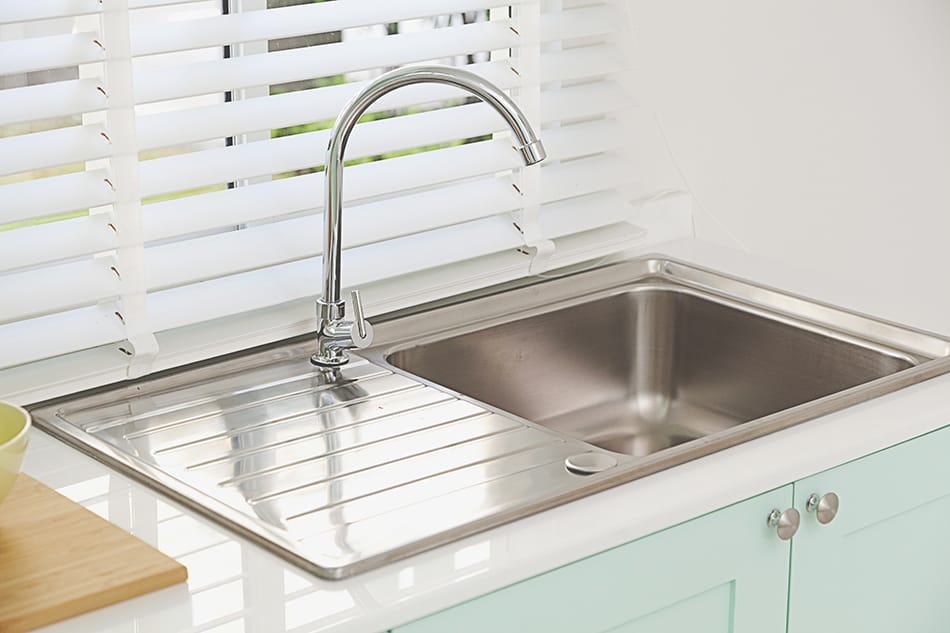
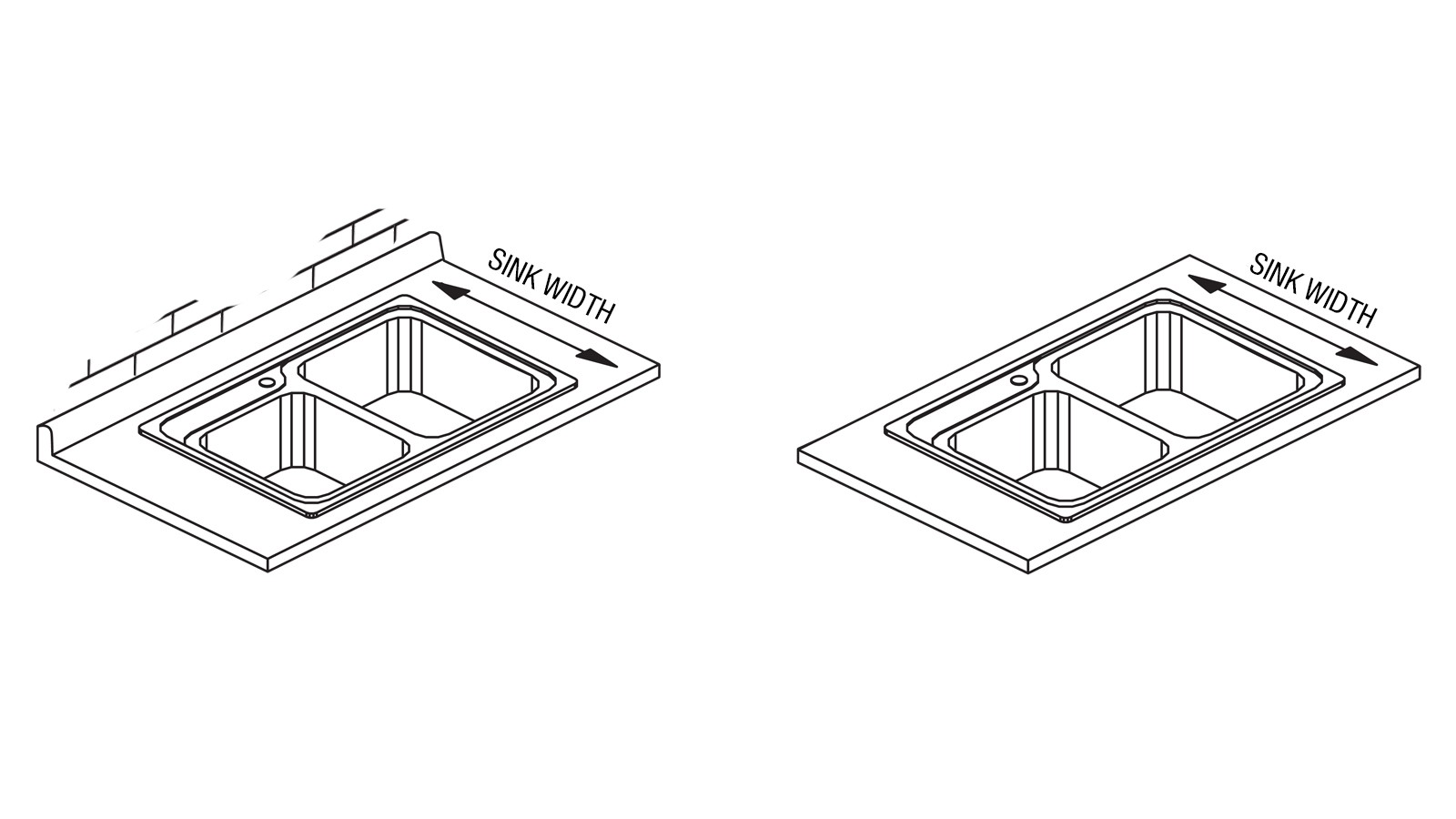




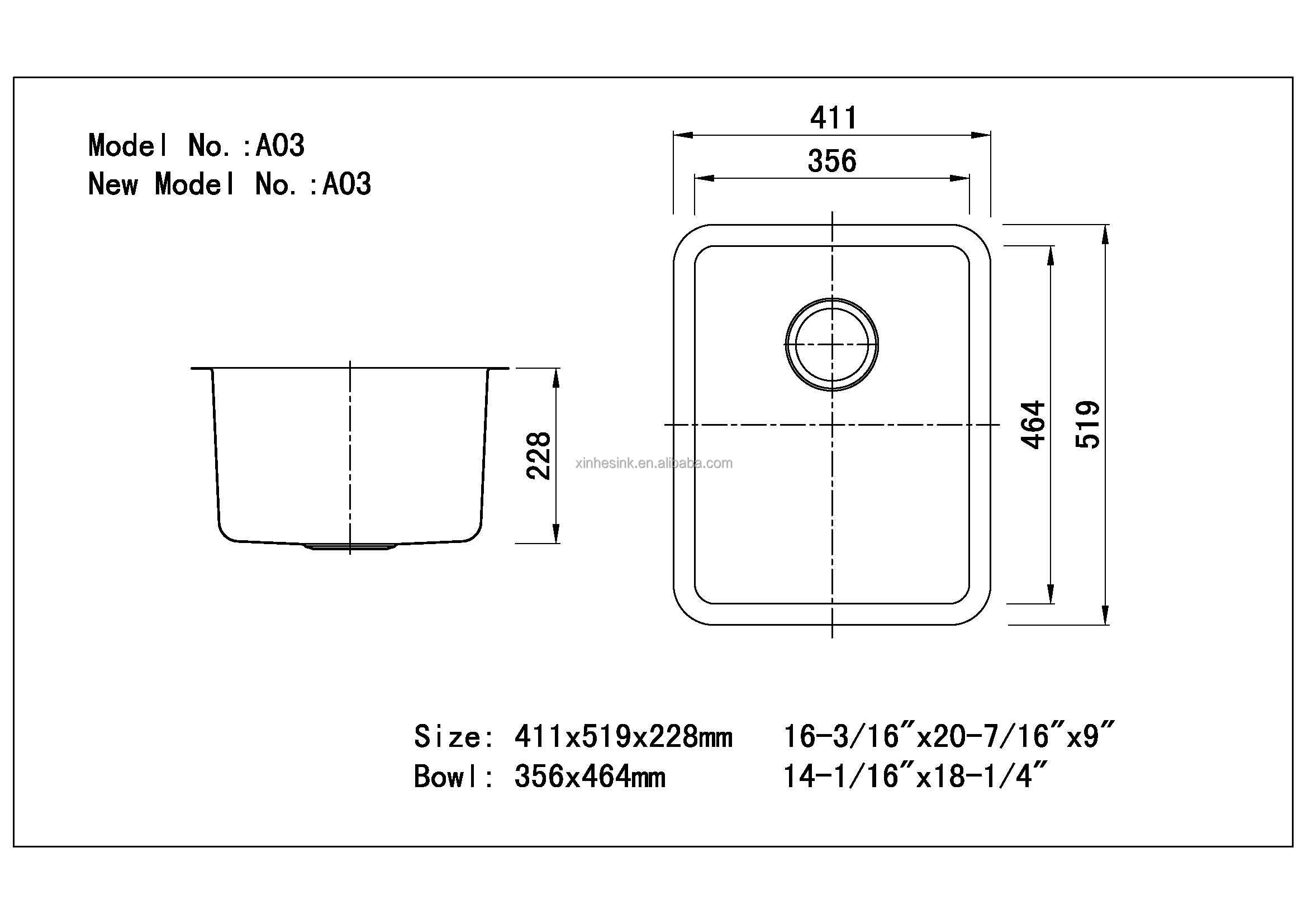
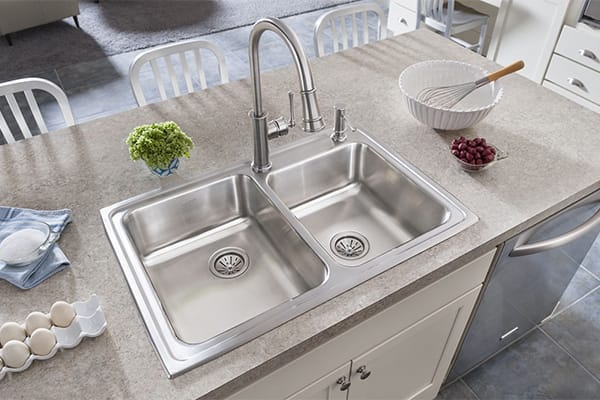








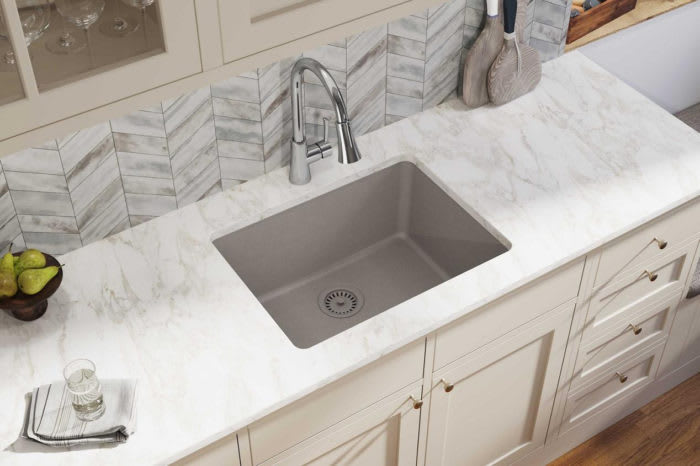




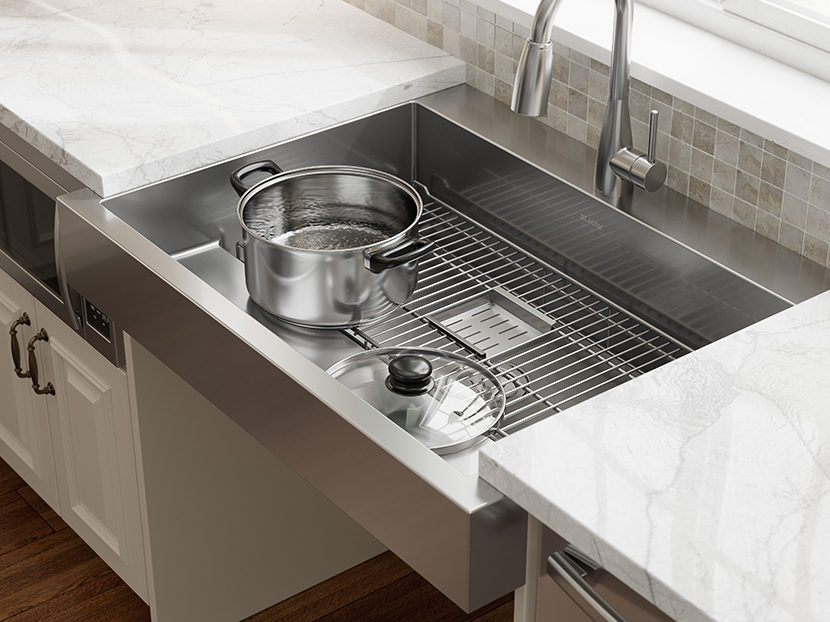




:max_bytes(150000):strip_icc()/kitchenworkaisleillu_color3-4add728abe78408697d31b46da3c0bea.jpg)






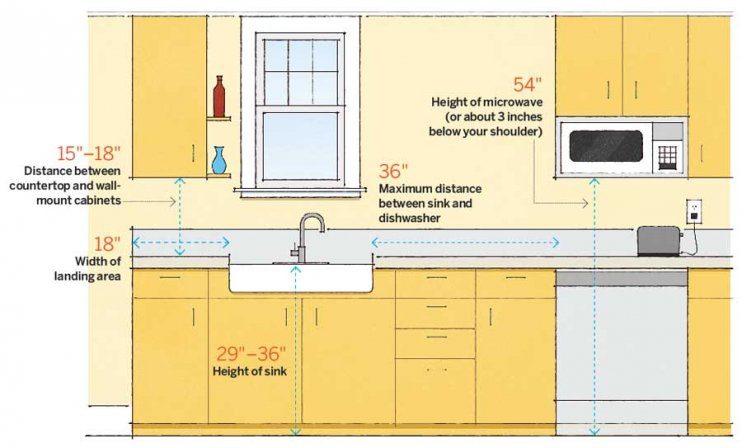

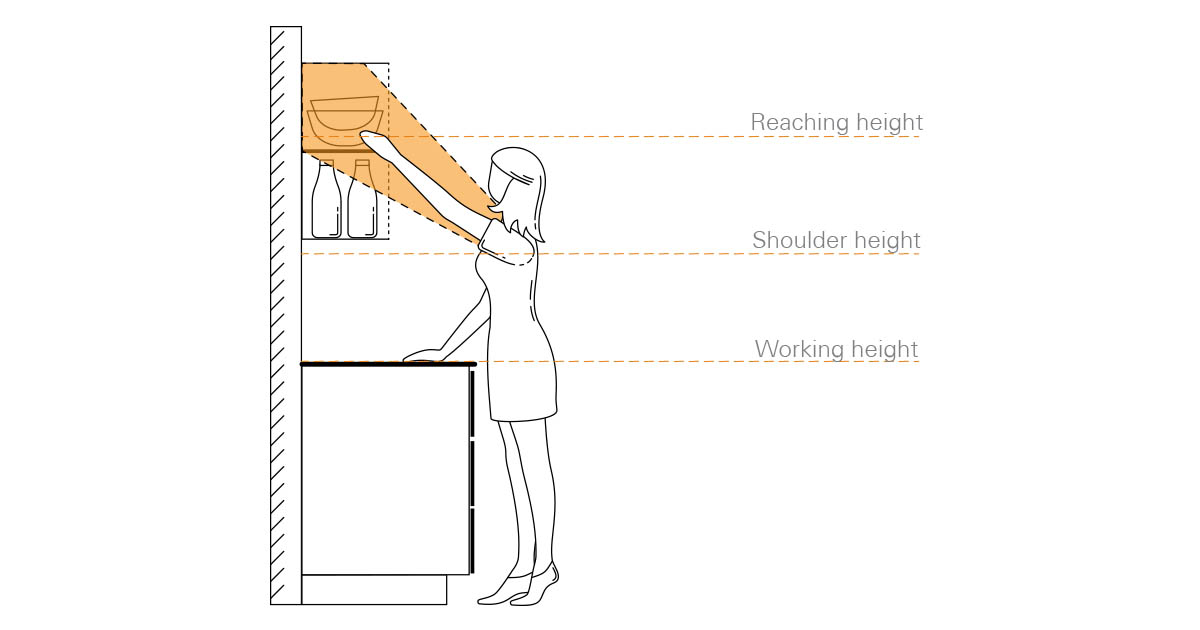
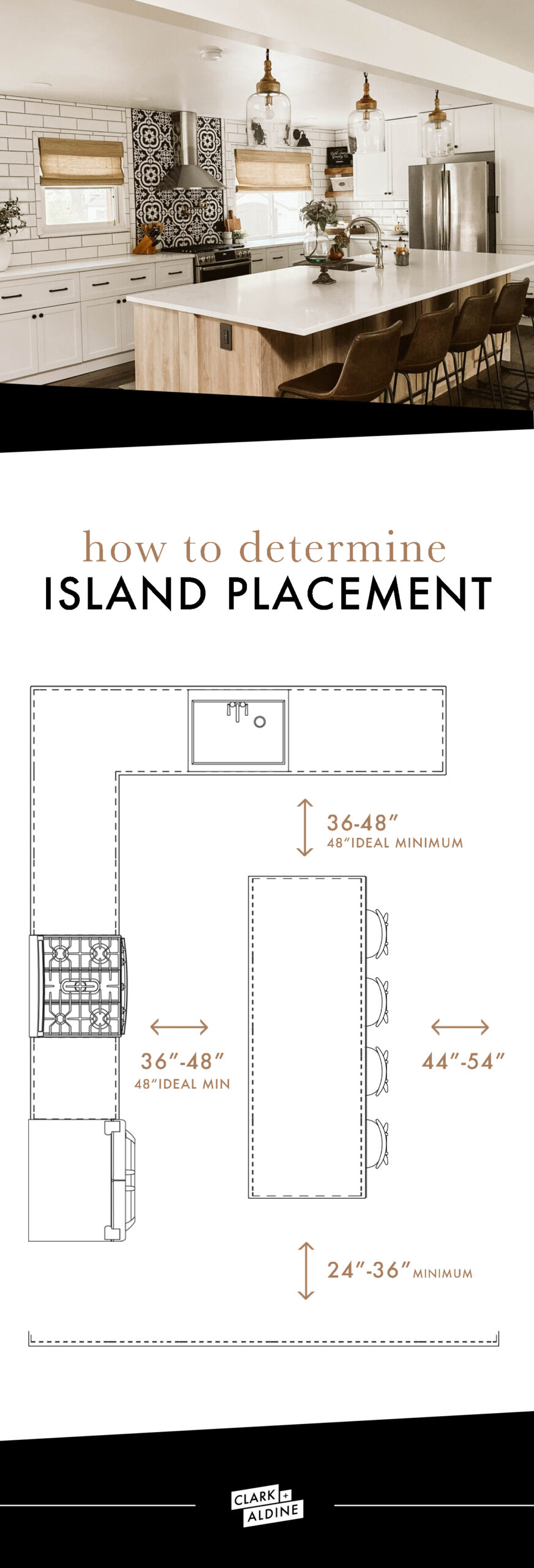

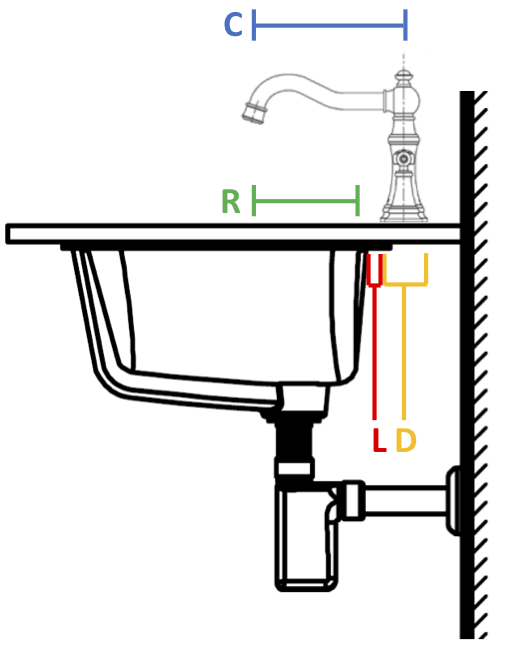
:max_bytes(150000):strip_icc()/distanceinkitchworkareasilllu_color8-216dc0ce5b484e35a3641fcca29c9a77.jpg)
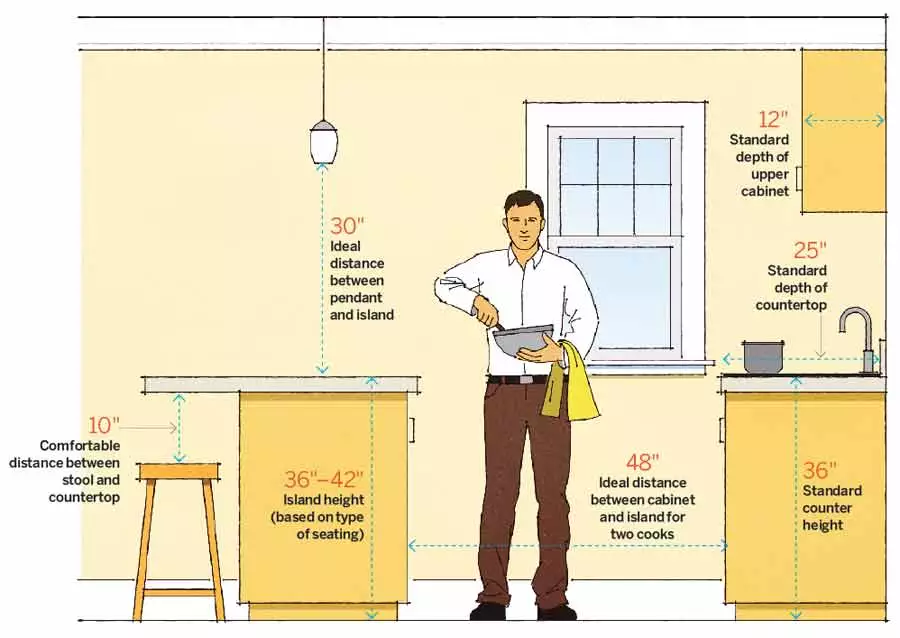
:max_bytes(150000):strip_icc()/dishwasherspacingillu_color8-dbd0b823e01646f3b995a779f669082d.jpg)







:max_bytes(150000):strip_icc()/distanceinkitchworkareasilllu_color8-216dc0ce5b484e35a3641fcca29c9a77.jpg)
:max_bytes(150000):strip_icc()/seatingreccillu_color8-73ec268eb7a34492a1639e2c1e2b283c.jpg)

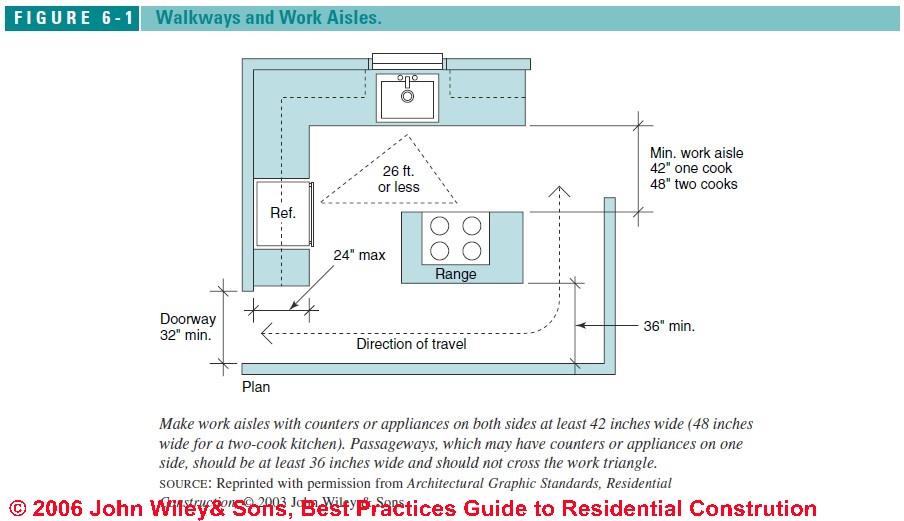





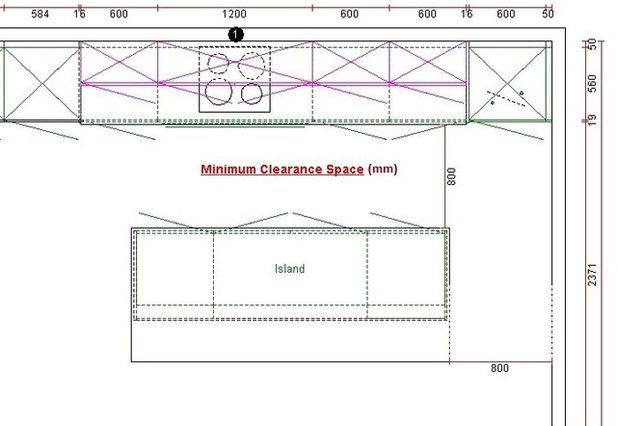
:max_bytes(150000):strip_icc()/seatingreccillu_color8-73ec268eb7a34492a1639e2c1e2b283c.jpg)
/close-up-of-overflowing-bathroom-sink-90201417-579787783df78ceb865822d8.jpg)





